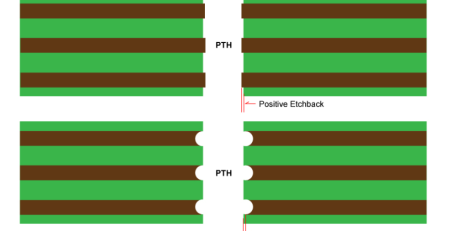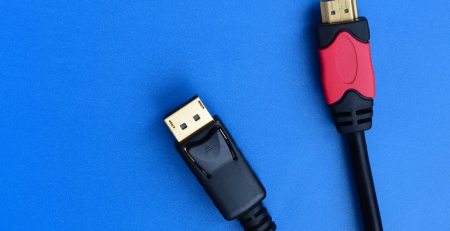When it comes to printed circuit boards (PCB) for your applications, you have a wide range of choices. Yet, many of these choices will be based on the cost factor to design and create the board, leading more business owners to take the traditional route and select rigid-printed circuit boards over rigid-flex printed circuit boards.
Another factor is familiarity. Manufacturers are accustomed to having traditional rigid circuit boards placed into their products and can be automatically prone to make this selection every time due to their better understanding of PCBs and cable assemblies. Also, it is often believed that rigid-flex printed circuit boards will be inherently more expensive due to the flexible materials that will be used.
It is no secret that rigid-flex PCBs can be more expensive to fabricate. However, manufacturers may be missing out on some very important cost benefits. In fact, rigid-flex boards may offer cost savings that rigid circuit boards and cable assemblies cannot provide based on several different factors.
In this article, we will go over some of the cost-saving benefits that rigid-flex printed circuit boards have over rigid-printed circuit boards and cable assemblies.
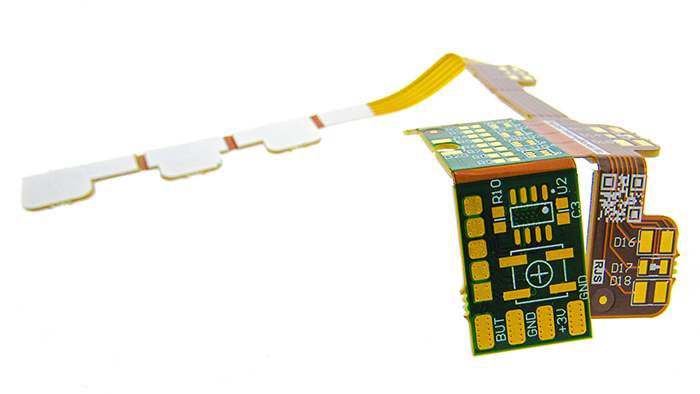
Understanding Rigid-Flex Printed Circuit Boards
When hearing the word “rigid-flex,” many people assume it is a rigid board that has more flexibility than a regular rigid printed circuit board. That is not the case. Rigid-flex circuit boards are actually a combination of a rigid printed circuit board with a flexible printed circuit board attached. For some designs, there are multiple flexible circuit substrates attached to several rigid printed circuit boards (Figure 1). This design feature eliminates the need to add connectors and cable assemblies.
A rigid-flex printed circuit board is unique as the rigid part of the circuitry can be placed directly into the application. Then, the flexible section can be bent and even folded to fit around components to make another direct connection. This aspect ensures a reliable connection to parts for higher performance.
Some of the most common products that incorporate rigid-flex PCBs in their design include laptop computers, smartphones, and wearable devices due to the bending capabilities of rigid-flex. A good example of this would be a desktop computer compared to a laptop. Most people have seen the inside of a desktop computer with the cover removed. It’s filled with various circuit boards, connected by ribbon cables and cable assemblies. If you take apart your laptop, particularly the back cover on the hinge that separates the screen from the keypad, you would reveal the rigid-flex circuitry

A difference between a rigid-flex circuit and a rigid PCB design is the low-flow prepreg that is used. While it is made from the same material as high flow prepreg, the low-flow prepreg has a higher level of curing so that the prepreg will not extrude to the surface on the flexible sections of the rigid-flex printed circuit board before lamination. Stiffeners may also be used along the flex areas, to support component areas and may be applied to one or both sides.
Cost Benefits to Rigid-Flex Printed Circuit Boards
Smaller Sizes to Save on Materials
When thinking about rigid-flex circuit boards, take into consideration that these circuit boards can be designed and manufactured into much smaller overall sizes due to the elimination of additional connectors. This means that the end product doesn’t have to be designed around the circuitry. Instead, you can design the product and make the rigid-flex circuit board fit better into the smaller space.
This cost advantage is perfect for applications that come in smaller and thinner sizes, such as handheld devices. With the smaller size, the rigid-flex printed circuit board reduces the overall cost of the assembly as it doesn’t require as many materials.
Fewer Parts During Mass Manufacturing Runs
If the product requires multiple circuit boards, the costs increase when it comes to manufacturing rigid PCBs even though the materials may be cheaper. Why? Because with each rigid printed circuit, there will need to be connectors and cable assemblies added to connect each circuit board together, increasing costs as more and more parts are added to the assembly process.
Rigid-flex circuit boards streamline the process as it doesn’t need extra connectors and cables to interconnect each printed circuit board together. Instead, the additional circuitry is integrated through the flex areas into the same part. It removes the need for cable assemblies, helping to speed up long production runs and making it more cost-effective. It is also more aesthetically pleasing, which can be a factor when the appearance of the application is important to investors and consumers.
Simplified Assembly Run Requirements
As already mentioned, rigid-flex printed circuit boards can reduce costs by streamlining the connection process by eliminating the need for cable assemblies and multiple circuit boards. Tied into this solution, rigid-flex circuits also simplify assembly production runs as only one production line is needed to make these circuit boards.
With rigid circuit boards, multiple production runs are needed to make the circuitry, cables, connections, and other assembly requirements as well as the final assembly. With each additional assembly operation, manufacturing costs are increased, and changeovers also add to these expenses if using one assembly line to first make the rigid printed circuit boards, and then it must be changed to make the cable assemblies.
Longer Lasting Printed Circuit Boards
Some manufacturers will focus on the initial design and build costs of rigid-flex printed circuit boards to decide on whether to take this route. Yet they also need to look at the long-term benefits.
Rigid-flex printed circuit boards are resilient and durable, offering an inherent increased long-term reliability through the elimination of many points of interconnect. They are also light and robust, making them suitable for today’s advanced technological applications in smaller and lightweight sizes. Another advantage is that rigid-flex printed circuits also help to reduce emissions, through available shielding options, and to improve signal quality due to the reduction of interconnects that are needed with rigid printed circuits.
Rigid-flex circuit boards offer longer service life and higher quality. With industries such as aerospace using rigid-flex printed circuit boards for their aircraft, spacecraft, and satellite applications, manufacturers in other industries should look into the potential of these circuit designs to offer long-term cost savings without the need for constant replacement or repairs.
Reduction of Human Errors
Another potential cost benefit comes from the installation and repair of assemblies that use rigid-flex printed circuits. Due to the circuit board being simplified by removing the connections and cable assemblies, it can only be installed one way. This aspect reduces any human error when it comes to installing printed circuit boards as manufacturers don’t have to worry about any wires being connected wrong.
In addition, the handling of the circuit boards during the assembly is simplified and easier to implement. The same benefit also holds true when making repairs to the system as there are no wires that need to be removed.
Less Testing Costs
When it comes to testing, rigid printed circuit boards can take more time to go through testing operations. They must go through multiple test cycles to check the circuit board, connectors, joints, and cable assemblies. On the other hand, a rigid-flex printed circuit board only has to go through one test run. Another upside is that the rigid-flex printed circuit board can have a comprehensive test and then be placed into the assembly.
Figuring Out the Cost Benefits of a Specific Application
While understanding the cost benefits can help manufacturers understand the typical savings they may obtain from rigid-flex circuits, the final total cost will always be dependent on the final assembly in the end application. It will also be dependent on the number of rigid-flex printed circuit boards required.
When it comes to production, there will be more cost savings when there are longer production runs creating hundreds of units. Once the basic design of the rigid-flex printed circuit board is determined, then mass-producing it while maintaining the same consistent quality can be achieved.
Also, keep in mind that not all electrical and electronic companies can design, manufacture, and assemble rigid-flex printed circuits for certain applications. The type of equipment that the company uses, and its knowledge of this technology will vary, which can make costs fluctuate. In addition, the company selected needs to fully understand the design parameters, and they should discuss the possible configurations and features of the rigid-flex circuit with their customers. By getting involved early in the process, this strategy reduces the chance of design mistakes that can increase the time-to-market.
Golden Margins –Entire Range of Touchscreen Products
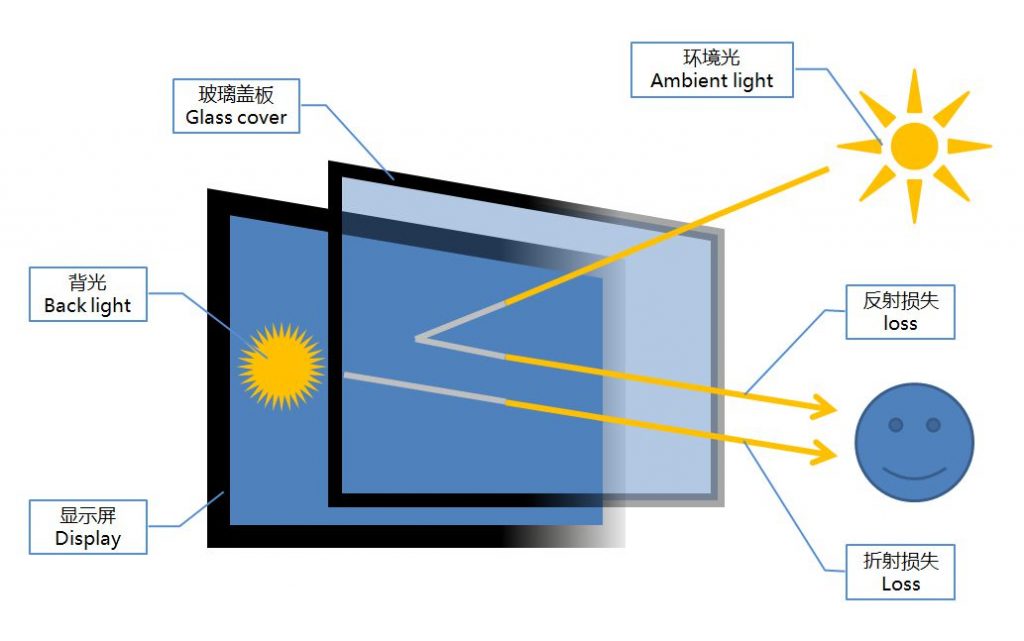
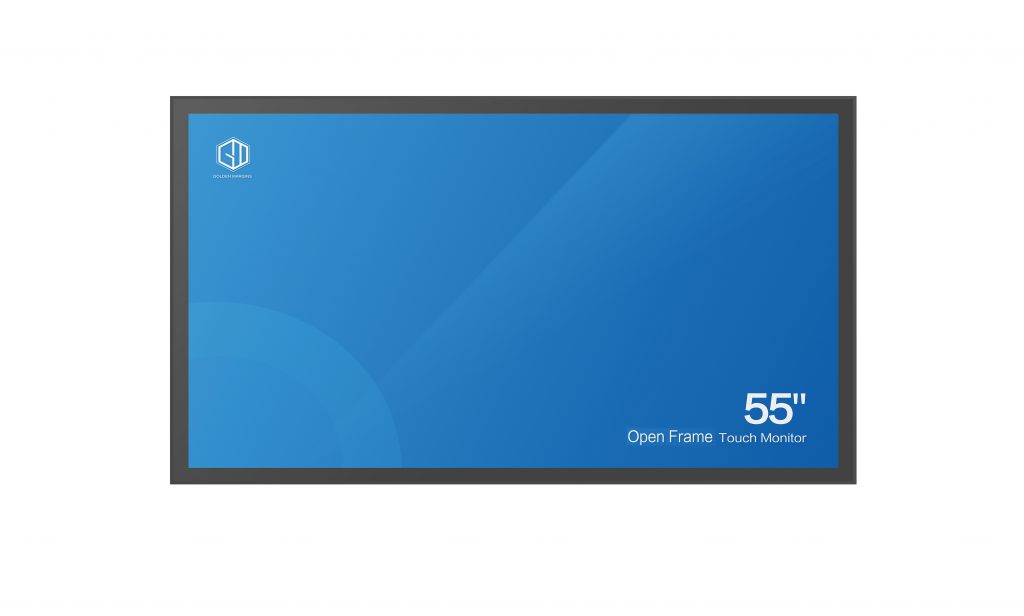
We hope you found these touchscreen or panel PC fundamentals informative. Goldenmargins offers a broad selection of Industrial Touchscreen Monitors and Touch Panel PCs in various sizes and configurations, including medical touch screens, sunlight-readable touch screens, open-frame touch screens, and waterproof touch panels, as well as other unique touch screen or panel PC designs. You can learn more about our services HERE or by calling us at +86 755 23191996 or sales@goldenmargins.com




